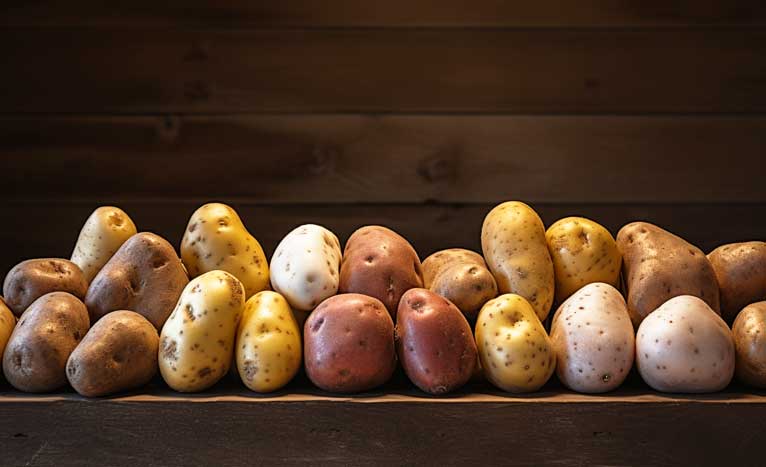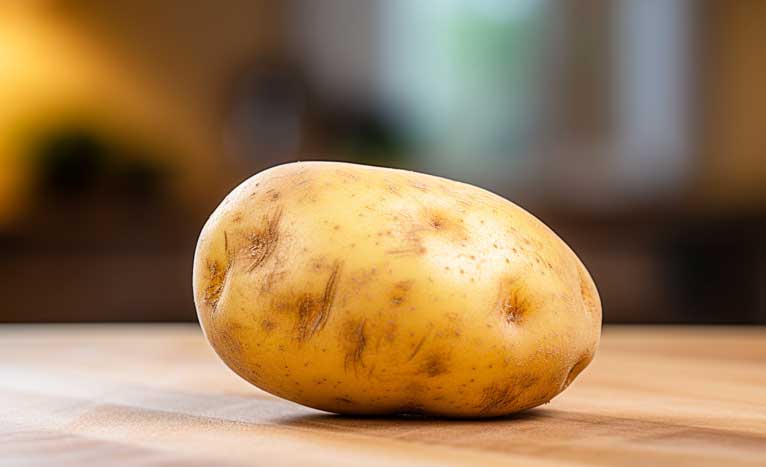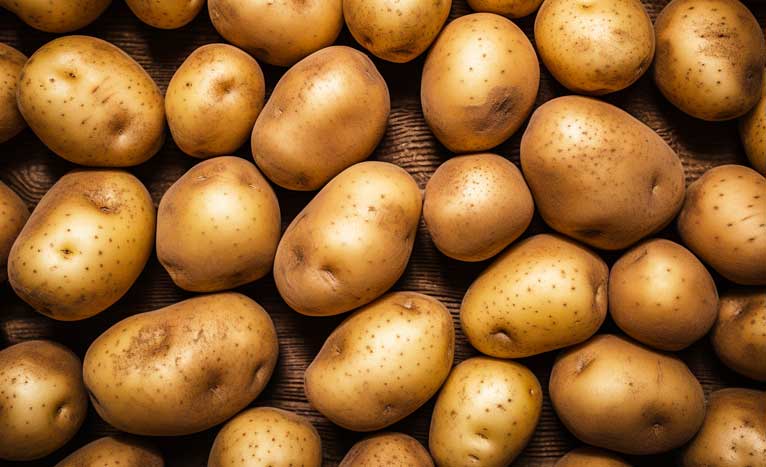Growing potatoes on a homestead can be a rewarding and satisfying experience. Imagine the joy of harvesting your own fresh and flavorful potatoes, knowing that they were nurtured and grown with care. In this blog post, I will share my personal journey of growing potatoes on my homestead and provide you with valuable insights and tips on how to grow potatoes successfully.

Choosing the Right Potato Varieties
When it comes to growing potatoes, selecting the right variety is crucial. Different varieties have varying growth habits, taste profiles, and resistance to pests and diseases. Some popular varieties for homestead potato growers include Russet, Yukon Gold, Red Pontiac, and Fingerling potatoes. Consider your climate, soil conditions, and personal preferences when choosing the varieties to plant.
Preparing the Soil
Before planting potatoes, it's important to prepare the soil properly. Potatoes thrive in loose, well-draining soil with a slightly acidic pH level between 5.8 and 6.5. Start by removing any weeds or grass from the planting area. Loosen the soil with a garden fork or tiller, breaking up clumps and removing rocks. Adding organic matter such as compost or well-rotted manure will improve soil fertility and structure.
Planting Potatoes
Potatoes can be grown from either seed potatoes or sprouted potatoes. Seed potatoes are small tubers specifically grown for planting. Cut larger seed potatoes into smaller pieces, making sure each piece has at least one or two "eyes" or buds. Allow the cut pieces to dry for a day before planting. Plant the seed potatoes or sprouted potatoes in shallow trenches or mounds, spacing them about 12 inches apart. Ensure that the eyes are facing upward.
Watering and Fertilizing
Proper watering and fertilizing are essential for healthy potato growth. Potatoes require consistent moisture but should not be waterlogged. Provide regular watering, especially during dry spells. Applying organic mulch around the plants will help retain soil moisture and control weeds. Fertilize the plants with a balanced organic fertilizer, following the package instructions. Avoid over-fertilizing, as it can lead to excessive foliage growth and reduced tuber development.
Controlling Pests and Diseases
Potatoes are susceptible to various pests and diseases, including potato beetles, aphids, and late blight. Monitor your plants regularly and take prompt action at the first sign of trouble. Use organic pest control methods, such as handpicking pests, applying insecticidal soap, or introducing beneficial insects. To prevent diseases, practice crop rotation and avoid planting potatoes in the same location year after year.
Harvesting Potatoes
The excitement of harvesting your homegrown potatoes is hard to beat. Potatoes are usually ready for harvest when the plants start to yellow and die back. Carefully dig around the plants with a garden fork or shovel to avoid damaging the tubers. Gently lift the potatoes from the soil. Allow them to dry and cure in a cool, dark place for a week or two before storing or using them.

Storing Potatoes
Proper storage is crucial to extend the shelf life of your harvested potatoes. Store them in a cool, dark, and well-ventilated area to prevent sprouting and spoilage. Avoid storing them near onions, as they can release gases that accelerate potato sprouting. Check your stored potatoes regularly and remove any that show signs of decay to prevent the spread of rot.
Delicious Potato Recipes
Now that you have successfully grown your own potatoes, it's time to enjoy the fruits of your labor. Here are a few delicious potato recipes to inspire you:
Experiment with these recipes and let your creativity shine in the kitchen.

Get out there and grow some potatoes
Growing potatoes on your homestead is a fulfilling and rewarding endeavor. By following the steps outlined in this article, you can cultivate your own delicious potatoes and experience the joy of harvesting fresh produce from your own backyard. Remember to choose the right potato varieties, prepare the soil, provide adequate care, and take preventive measures against pests and diseases. With patience and dedication, you'll soon be enjoying homegrown potatoes with your loved ones.
FAQs
Can I grow potatoes in containers?
Yes, potatoes can be grown in containers as long as they have sufficient depth and drainage.
How long does it take for potatoes to grow?
Potatoes usually take around 70 to 120 days to mature, depending on the variety.
Can I save potatoes from my harvest for planting next year?
Yes, you can save some of your potatoes for planting next year. Ensure they are disease-free and store them in a cool, dark place until planting season.
How often should I water my potato plants?
Water your potato plants regularly, aiming for about 1 to 2 inches of water per week, depending on weather conditions.
Are potato leaves poisonous?
While potato leaves and stems contain toxic compounds, they are not harmful unless consumed in large quantities. It's best to focus on enjoying the potato tubers rather than the leaves.

